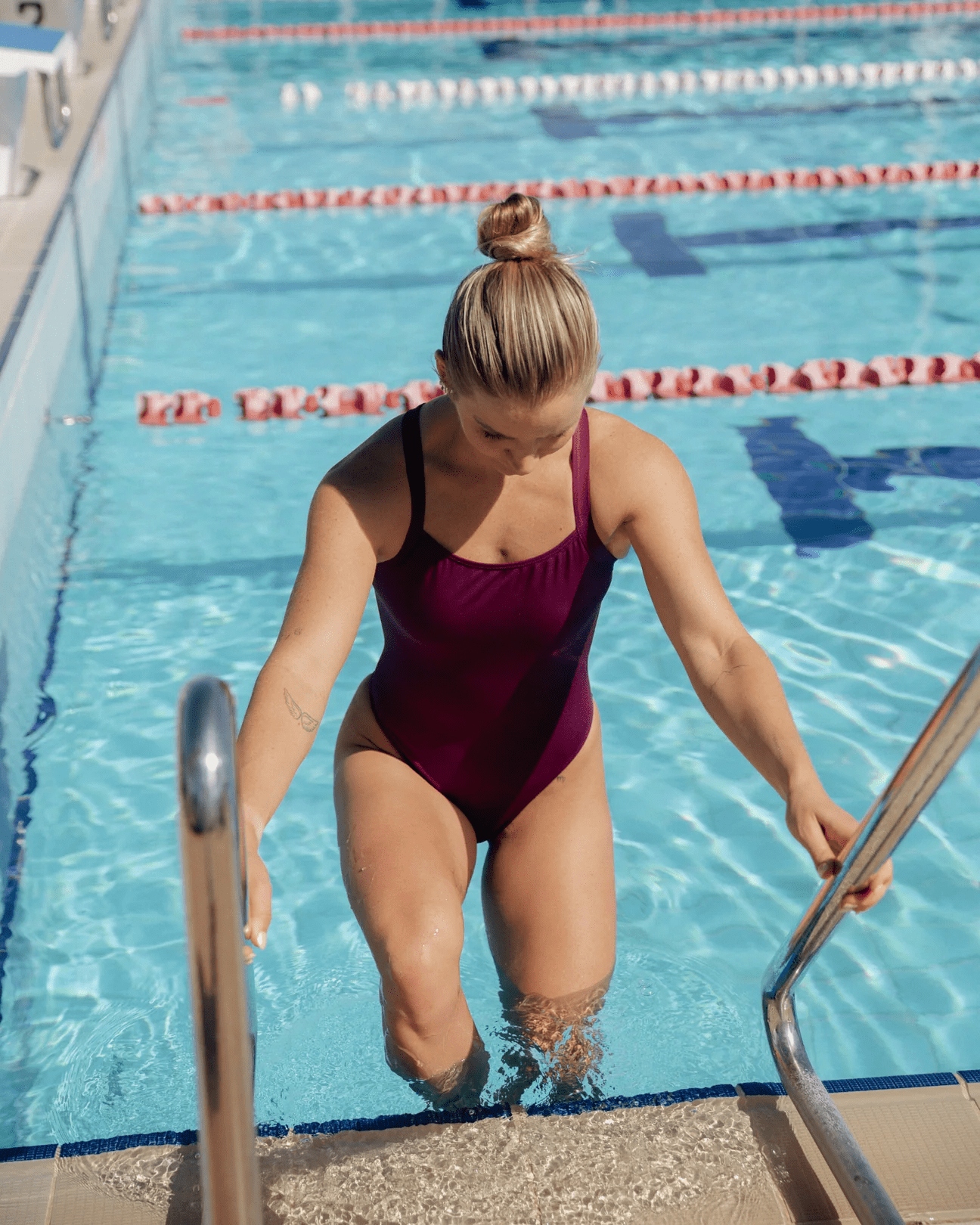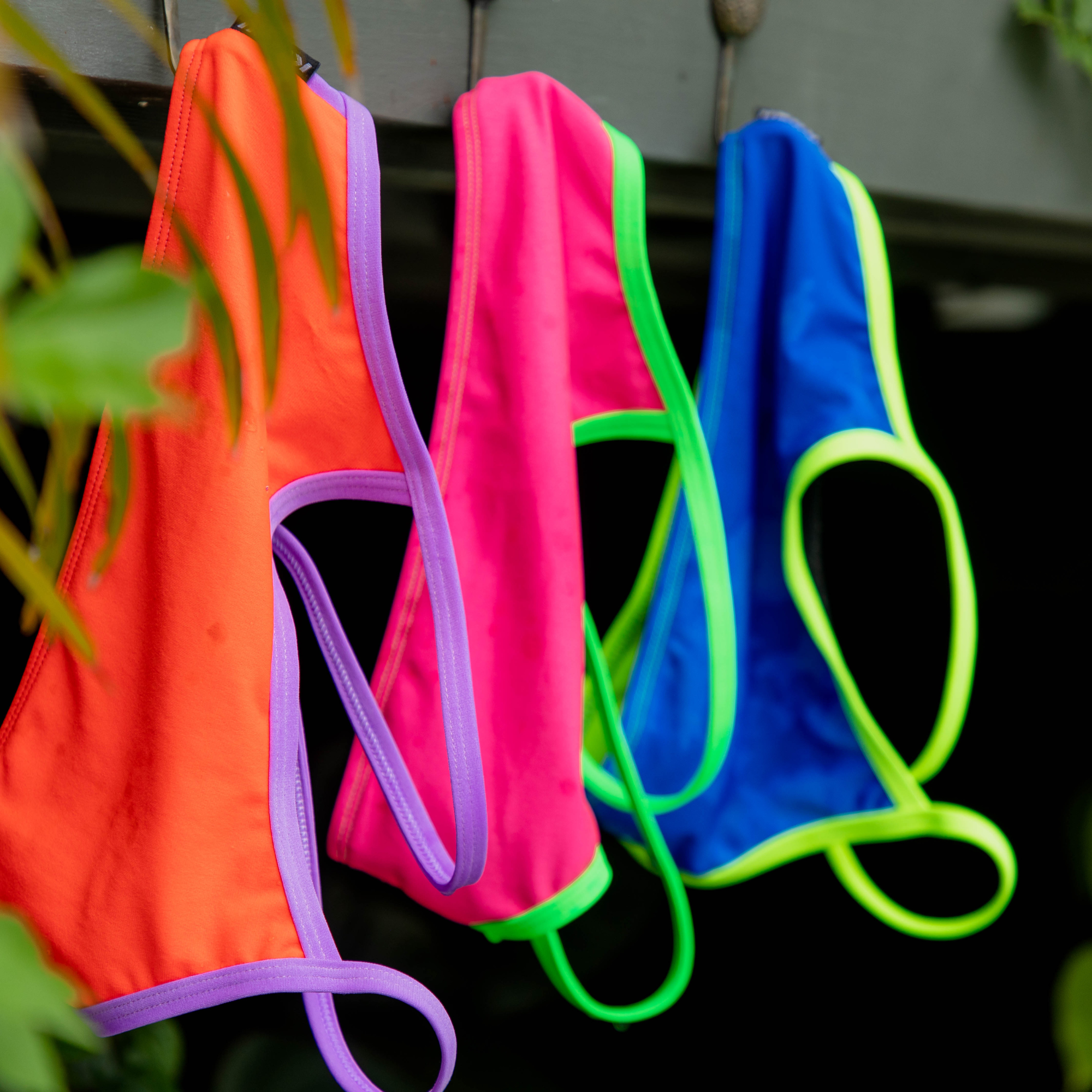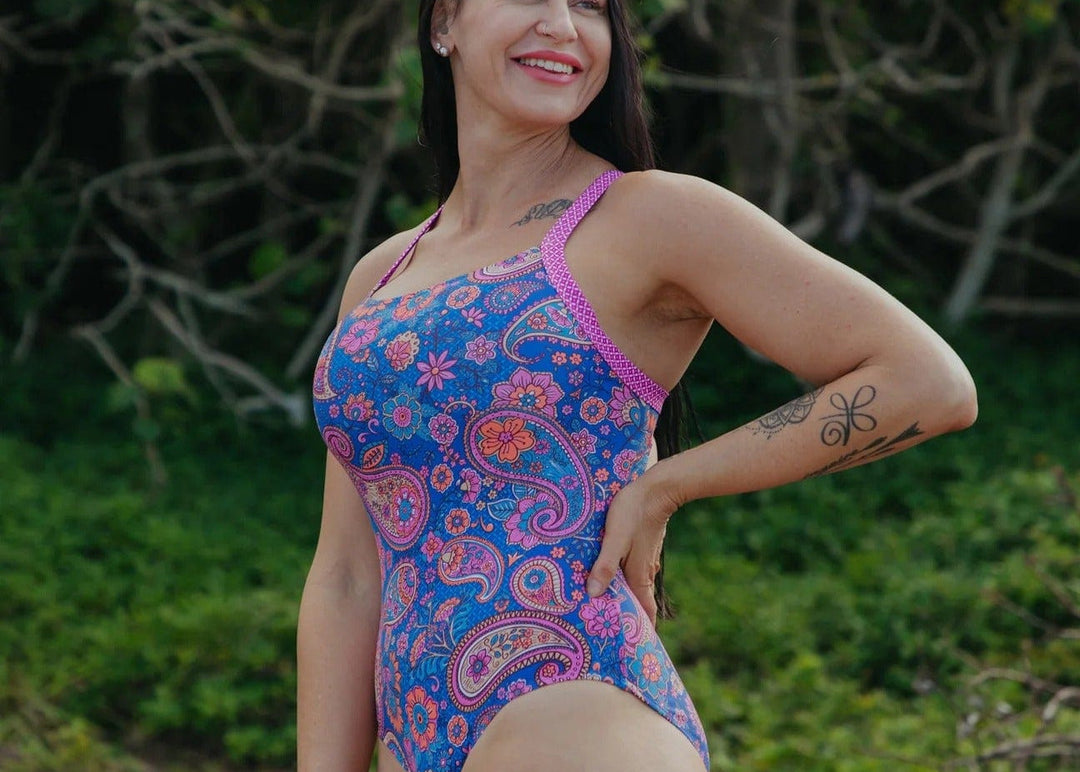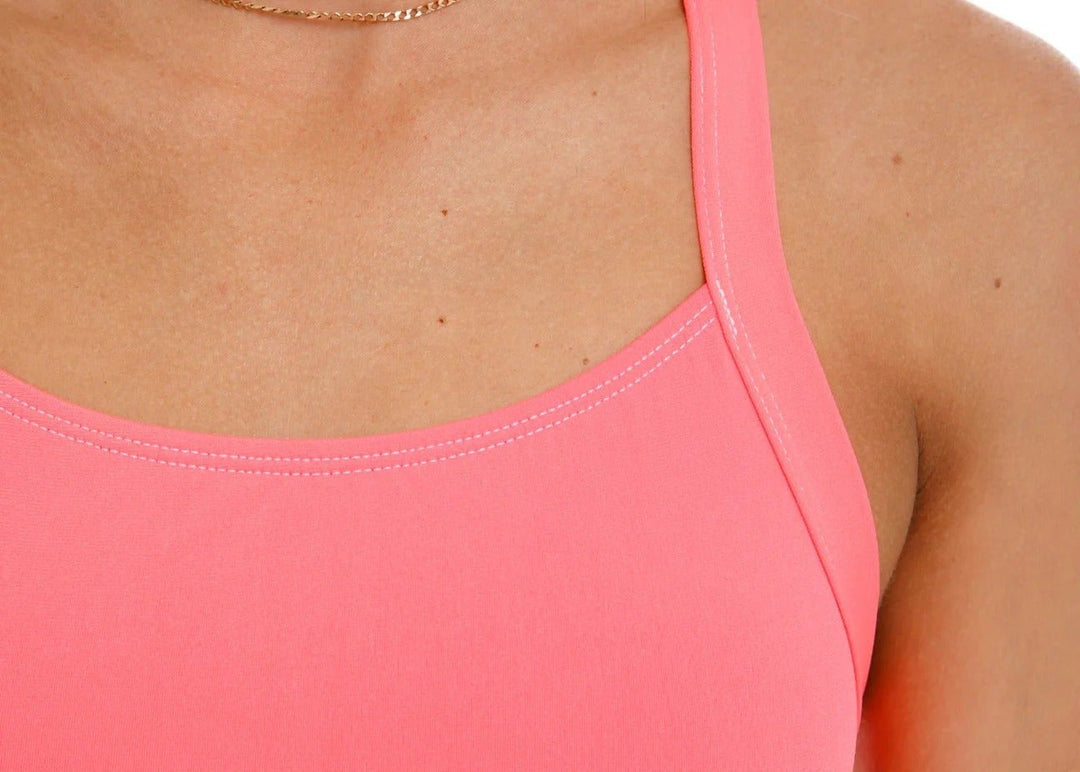You’re not alone if you’re considering braving the cooler ocean waters. Year-round ocean swimming is becoming more popular than ever, whether for fitness, mental health or the pure joy of open water. If you’re new to it, one piece of kit can change the whole experience: a wetsuit.
At Face the Water, we’ve been getting loads of questions from swimmers who are ready to extend their season and want to invest in the right wetsuit. Whether you’re just starting or upgrading your gear, here’s everything you need to know to find a wetsuit that works.
Why Wear a Wetsuit?
Stay Warmer for Longer
The number one reason most people wear a wetsuit is warmth. A good swimming wetsuit will insulate you from cold water and make cooler swims bearable and enjoyable. The warmth you get depends on the suit’s thickness, its fit, and the temperature of the water you’re swimming in.
Boost Buoyancy and Confidence
Wetsuits help you float. That extra buoyancy supports your body position in the water, reduces effort and gives you a safety buffer. If you need a rest mid-swim, your wetsuit helps you stay afloat with ease. It’s like wearing a personal flotation layer, especially helpful when you’re building confidence in open water.
Swim Faster
A properly fitted wetsuit lifts your hips and keeps your body aligned on the surface. This reduces drag, increases efficiency and allows you to glide through the water with less effort. Research has shown a wetsuit can improve your swim speed by up to 10 percent.
Not All Wetsuits Are the Same
It’s important to choose a wetsuit made for open water swimming, not surfing or diving. Those suits are often thicker in the wrong places, looser in fit and designed for different movements. A swimming wetsuit is built for flexibility in the shoulders, a snug fit for insulation and a streamlined shape for speed.
At Face the Water we stock Orca, their suits are designed specifically for swimmers, whether you’re doing long-distance ocean swims or just keeping up your fitness year-round.
Full Suit or Not? Choose the Right Coverage
Wetsuits come in different cuts, and what you choose depends on when and where you’re swimming:
-
Full-length wetsuit: Long arms and legs. Warmest and most buoyant. Best for colder water.
-
Spring suit or shorty: Short arms and legs. Keeps your core warm but allows more freedom.
-
Sleeveless: Long legs, no sleeves. Keeps the shoulders free, ideal for strong swimmers.
-
Top and bottoms: The most flexible option. You can mix and match depending on conditions.
The Sweet Spot: Thickness, Buoyancy and Flexibility
Most high-performance wetsuits (like those from Orca) use different thicknesses of neoprene in different zones:
-
Thicker neoprene (2–3 mm) in the core and upper legs for warmth and lift
-
Thinner neoprene (1–1.5 mm) in shoulders and arms for mobility
-
This zoned design helps balance warmth, flexibility and comfort, especially important if you’re doing longer swims or working on your stroke.
Fit Matters, A Lot
Getting the right fit is just as important as choosing the right style. Too loose and cold water will flush through the suit, creating drag and cooling you down. Too tight and you’ll feel restricted in your breathing and stroke.
Here’s what to look for:
- A firm, close fit, but not suffocating
- Freedom in the shoulders and arms
- Snug fit around neck, wrists and ankles (but not too tight)
- No baggy areas in the lower back or underarms
Use the Truefit size tool on the Face the Water product pages to find your best fit..
How to Put On a Wetsuit (Without Losing Your Mind).

Putting on a wetsuit can be a workout on its own, especially when you’re new to it. Here’s how to do it properly and protect your suit at the same time:
-
Use gloves (cotton or neoprene) to avoid fingernail tears
-
Unzip the wetsuit and fold down the top half
-
Step in one leg at a time and a plastic bag over your foot helps it slide in
-
Work the suit up gradually from ankle to hip, don’t yank
-
Fit it properly through the crotch and waist before doing up the top
-
Slide your arms in and adjust the shoulders
-
Zip it up from the back using the cord
-
Secure the neck flap and make final adjustments

Take your time and ask someone to help if needed. Your wetsuit should feel snug, not stiff and once you’re in the water, it’ll loosen slightly and feel more comfortable.
Ready to Make the Leap?
Having a wetsuit in your swim kit opens up a whole new world of ocean swimming. You’ll stay warmer, go further and feel stronger in the water. The key is choosing the right suit, one made for the way you swim.
At Face the Water, we stock Orca wetsuits, shop wetsuits specifically designed for women who swim in open water. Whether you’re training, swimming for mental clarity or just embracing the sea year-round, we’ve got you covered.
Browse the collection in our Swim Shop or visit our market stall to try one on and get expert fitting advice.
See you in the water.
Face the Water










Leave a comment